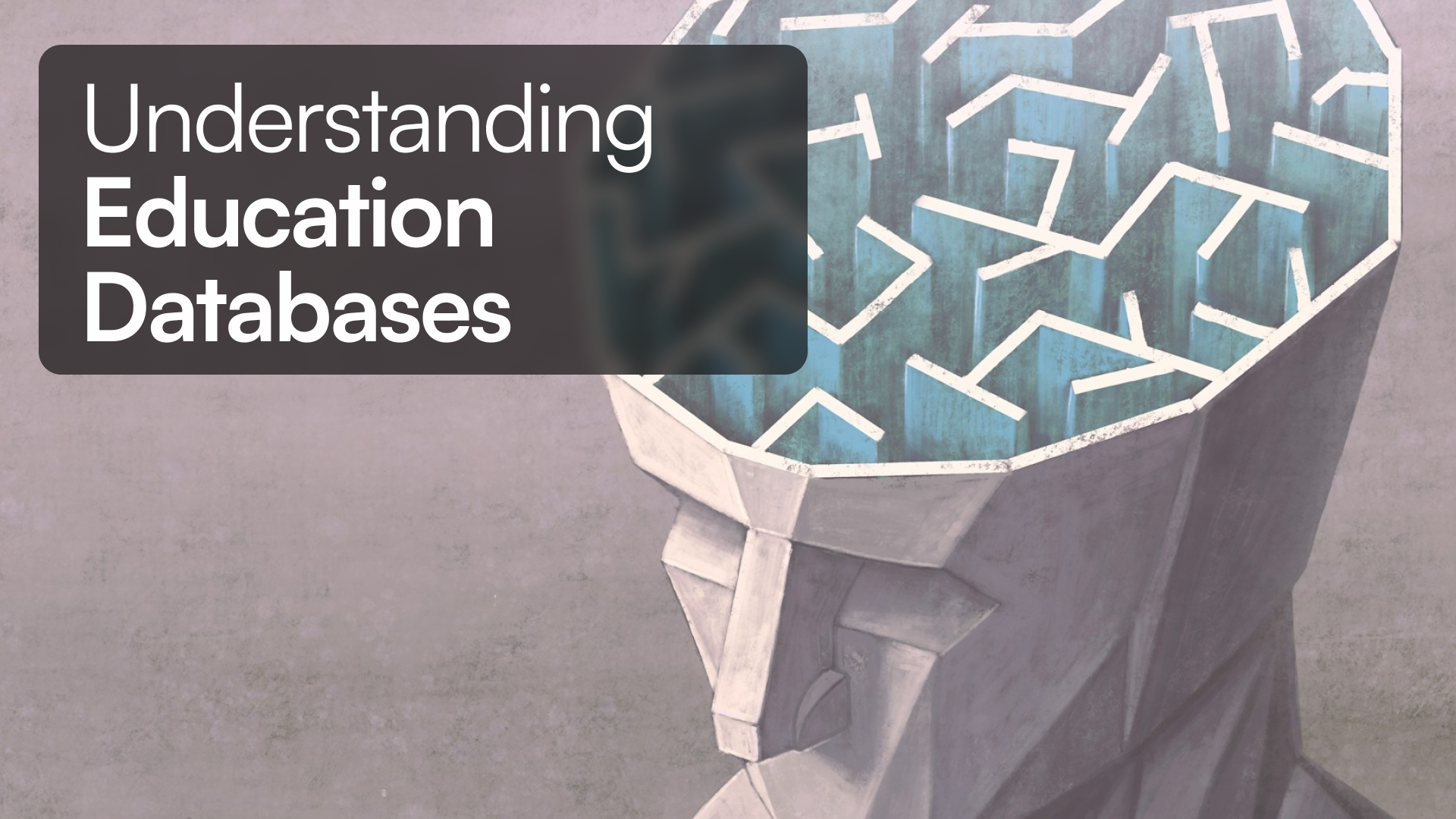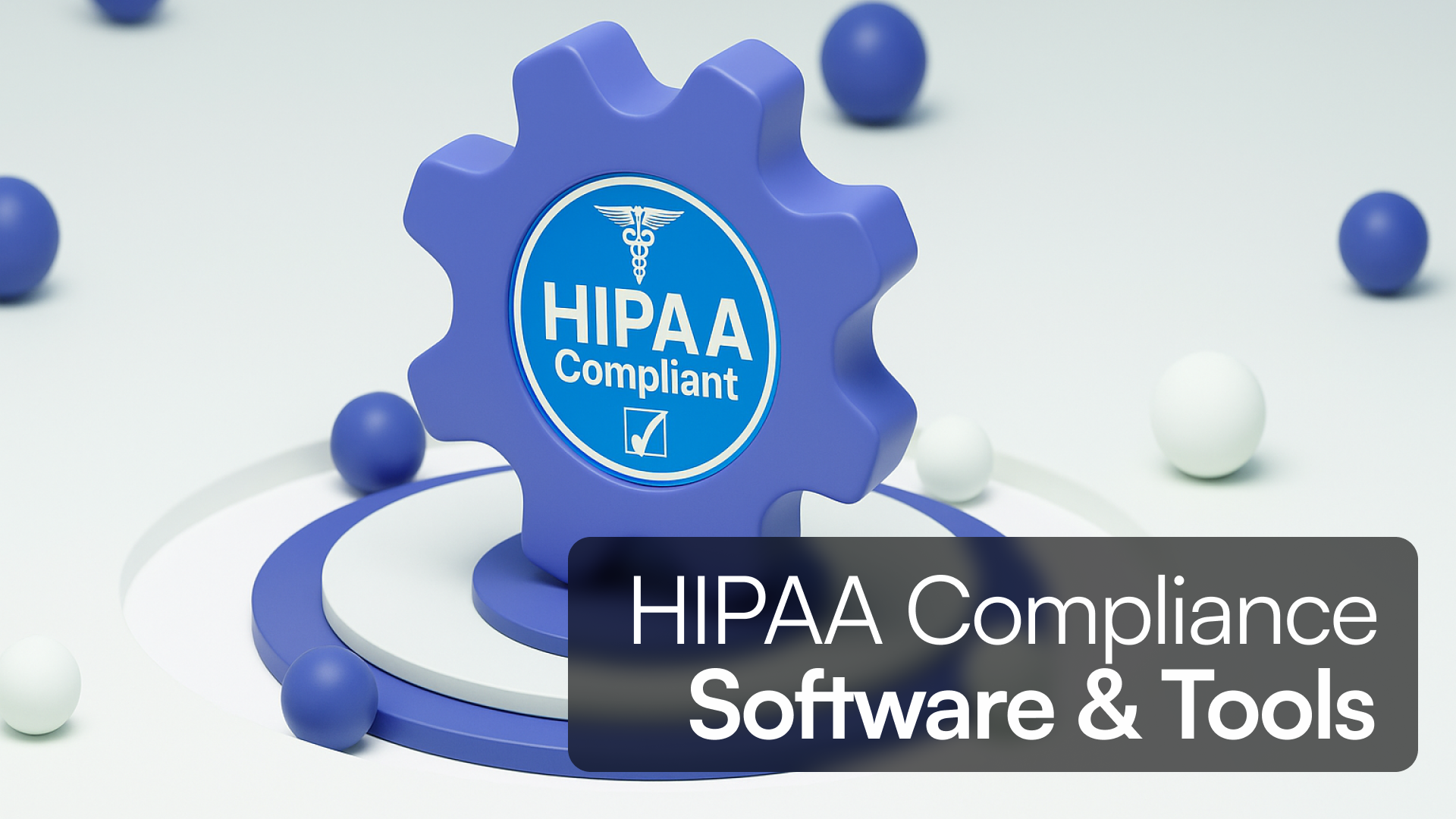Introduction
Education databases are the backbone of modern academic institutions, enabling efficient management and access to vast amounts of educational information. They support a wide range of functions—from tracking student performance to providing access to scholarly research—making them indispensable tools in the educational sector. This comprehensive guide explores the various aspects of education databases, their benefits, and how they are shaping the future of education.
What Is an Education Database?
An education database is a structured collection of data specifically designed to store, manage, and retrieve information related to education. This includes student records, academic resources, research materials, and administrative data. These databases allow educators, students, and administrators to organize and access information efficiently, facilitating better decision-making and enhancing the educational experience.

Types of Education Databases
Student Information Systems (SIS)
Student Information Systems are databases that manage comprehensive student data, including enrollment details, attendance records, grades, and personal information. They help educators monitor academic progress, identify areas where students may need support, and streamline administrative tasks like scheduling and reporting.
Learning Management Systems (LMS)
Learning Management Systems are platforms that host educational content and track student engagement with learning materials. They provide access to lectures, assignments, quizzes, and discussion forums. LMS databases store data on student interactions, which can be analyzed to improve teaching strategies and learning outcomes.
Research Databases
Research databases offer access to a vast array of academic journals, articles, and other scholarly resources. They are essential for students and faculty conducting research, providing a centralized repository of peer-reviewed literature across various disciplines. Examples include databases like ERIC, JSTOR, and PubMed.
Benefits of Education Databases
For Educators
- Enhanced Resource Access: Quickly retrieve teaching materials and research to enrich curriculum development.
- Data-Driven Insights: Analyze student performance data to tailor instruction and improve educational strategies.

For Students
- Personalized Learning: Access to performance data enables students to identify strengths and areas for improvement.
- Convenient Resource Availability: Easy access to educational materials supports flexible and self-paced learning.

For Administrators
- Operational Efficiency: Streamline administrative processes such as enrollment, scheduling, and compliance reporting.
- Regulatory Compliance: Securely manage sensitive information to meet legal requirements like FERPA and GDPR.

How to Choose the Right Education Database
Selecting an appropriate education database depends on the specific needs of your institution. Consider the following factors:
- Functionality: Identify essential features required, such as data management capabilities, reporting tools, and integration with existing systems.
- Scalability: Ensure the database can accommodate growth in data volume and user numbers.
- Security: Look for robust security measures to protect sensitive information.
- User-Friendliness: A straightforward interface encourages adoption and reduces training time.
Challenges and Considerations
- Data Privacy: Safeguarding personal information is crucial. Compliance with regulations like FERPA and GDPR is mandatory.
- Cost: Implementation and maintenance can be expensive. Weigh the benefits against budget constraints.
- Training Requirements: Adequate training for staff and students is necessary to maximize the database's effectiveness.
Future Trends in Education Databases
- Artificial Intelligence Integration: The integration of AI and machine learning technologies is transforming education databases. These advancements enable predictive analytics for student performance, adaptive learning pathways, and more personalized educational experiences.
- Cloud-Based Solutions: Cloud computing offers scalable and flexible database solutions, allowing for remote access and reducing the need for extensive on-premises hardware. This shift enhances collaboration and ensures that data is accessible anytime, anywhere.
- Enhanced Interoperability: Future databases are focusing on interoperability, enabling different systems and platforms to communicate effectively. This facilitates comprehensive data sharing and collaboration across departments and institutions.
Conclusion
Education databases are integral to advancing modern education. They provide the infrastructure needed to manage information efficiently, support data-driven decision-making, and enhance the learning experience. By understanding their functions and benefits, educational institutions can leverage these tools to foster success.
Next Steps
If you're considering implementing or upgrading an education database, start by assessing your institution's specific needs and objectives. Engage with stakeholders across departments to identify priorities and challenges. Consulting with database experts can help tailor a solution that aligns with your goals and maximizes benefits for your institution.
FAQs
Q1: What is the primary purpose of an education database?
An education database stores and manages data related to educational activities, facilitating easy access to information for educators, students, and administrators.
Q2: How do education databases support personalized learning?
They track individual student performance and interactions, allowing educators to tailor instruction to each student's needs and enabling students to focus on areas requiring improvement.
Q3: What security measures are important for education databases?
Essential security measures include data encryption, user authentication protocols, regular security audits, and compliance with data protection regulations.
Q4: Can education databases integrate with other systems?
Yes, many are designed to integrate with existing systems like financial software, human resources platforms, and other educational tools to streamline operations.
Q5: What are some examples of research databases in education?
Examples include ERIC (Education Resources Information Center), JSTOR, and PubMed, which provide access to scholarly articles and research materials across various fields.







